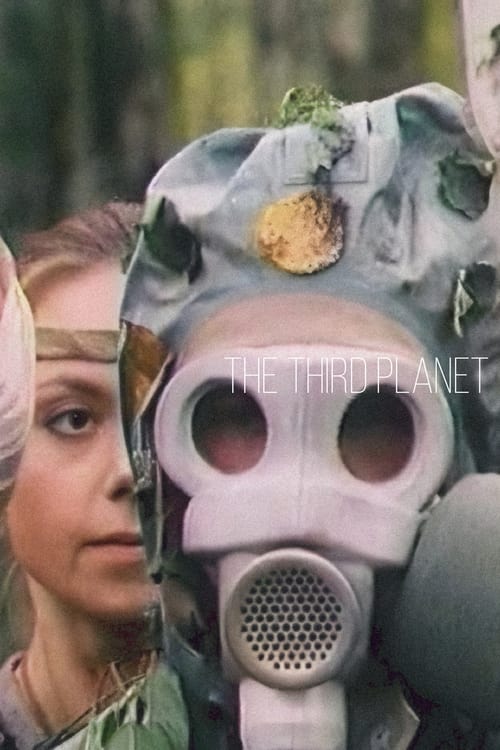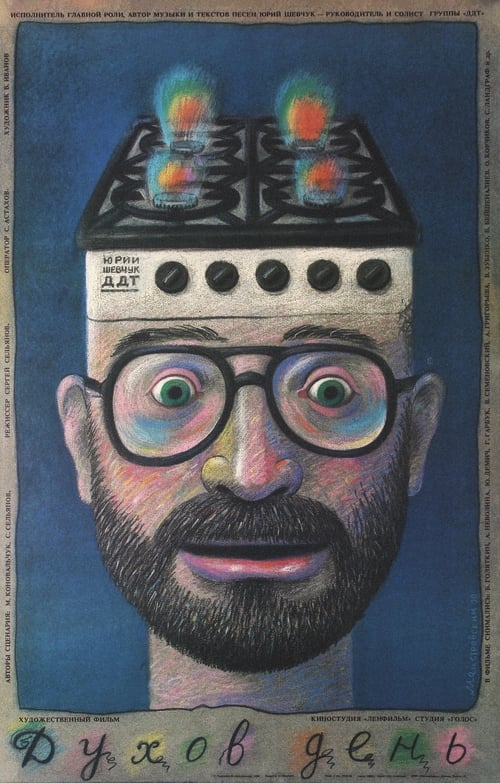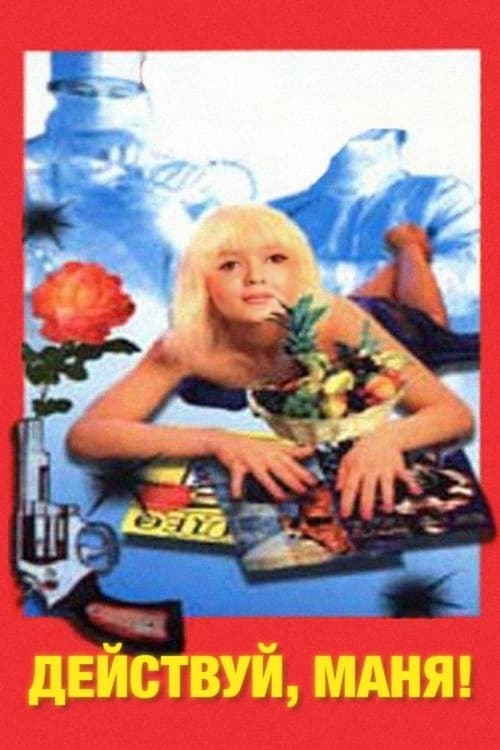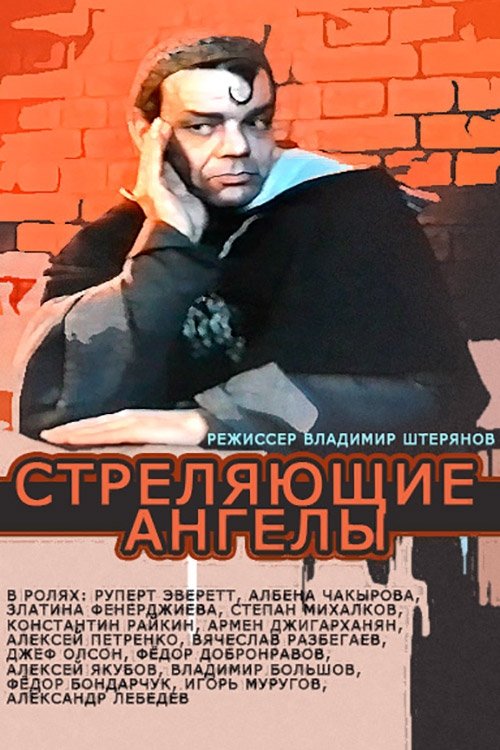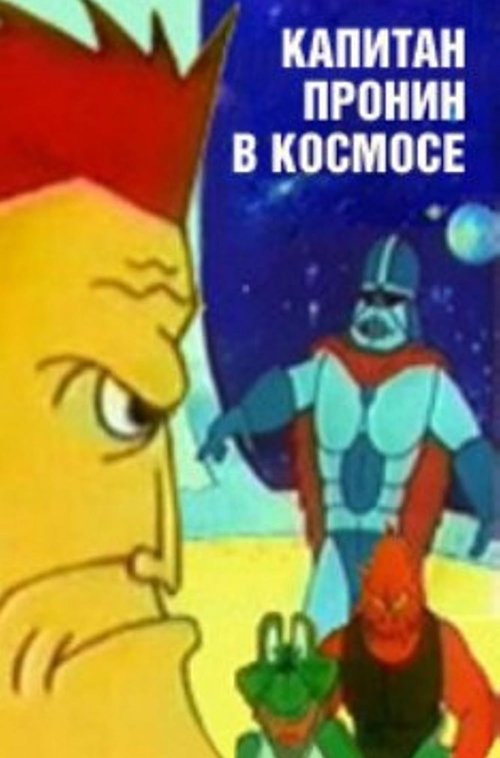
Ask Your Own Question
What is the plot?
What is the ending?
In the ending of the movie Осечка, the main character, a young man named Andrei, faces the consequences of his actions throughout the film. After a series of events that lead to personal and professional turmoil, he ultimately finds himself at a crossroads. The film concludes with Andrei making a significant decision that reflects his growth and understanding of his relationships, particularly with his father and his love interest, Lena. The final scenes depict a sense of resolution, albeit bittersweet, as Andrei embraces a new path forward.
As the film approaches its conclusion, the tension builds around Andrei's life choices. The scene opens with Andrei sitting alone in a dimly lit room, the weight of his decisions heavy on his shoulders. He reflects on the mistakes he has made, particularly in his relationship with Lena, who has been a source of both love and conflict. The camera captures the flickering light from a nearby window, casting shadows that symbolize the uncertainty of his future.
In the next scene, Andrei confronts his father, a stern man who has always held high expectations for his son. The conversation is fraught with emotion, as Andrei expresses his feelings of inadequacy and the pressure he has felt to succeed. His father, initially resistant, begins to soften as he realizes the toll his expectations have taken on Andrei. This moment of vulnerability is pivotal, showcasing the strained yet loving bond between father and son. The dialogue is tense, filled with pauses that emphasize the weight of unspoken words and regrets.
Following this confrontation, Andrei seeks out Lena, who has been grappling with her own feelings of betrayal and disappointment. Their meeting takes place in a quiet park, where the autumn leaves fall around them, symbolizing change and the passage of time. Andrei apologizes for his past actions, his voice trembling with sincerity. Lena, initially guarded, begins to see the remorse in his eyes. The scene is charged with emotion as they navigate their complex feelings for one another. The camera lingers on their expressions, capturing the flicker of hope amidst the pain.
As the film nears its end, Andrei makes a decisive choice to leave behind the toxic influences in his life. He stands at a crossroads, both literally and metaphorically, as he contemplates his future. The final scene shows him walking away from the camera, a sense of determination in his stride. The sun breaks through the clouds, illuminating his path, suggesting a new beginning. The film closes with a lingering shot of Lena watching him leave, a mixture of sadness and hope in her eyes, indicating that while their relationship may be uncertain, there is a possibility for healing.
In summary, the fates of the main characters are intertwined in this resolution. Andrei embarks on a journey of self-discovery, leaving behind the burdens of his past. His father begins to understand the importance of empathy and support, while Lena is left to ponder the future of their relationship, filled with both hope and uncertainty. The ending encapsulates the themes of growth, forgiveness, and the complexities of human relationships, leaving the audience with a sense of bittersweet closure.
Is there a post-credit scene?
The movie Осечка, produced in 1993, does not feature a post-credit scene. The film concludes its narrative without any additional scenes or content after the credits roll. The story wraps up with a focus on the main characters and their resolutions, leaving no further developments or surprises for the audience to discover after the film's official ending.
What motivates the main character, Andrei, throughout the film?
Andrei is driven by a deep sense of responsibility and guilt stemming from his past decisions. His internal conflict is palpable as he grapples with the consequences of his actions, particularly in relation to his family and his career. This emotional turmoil propels him to seek redemption, leading to pivotal moments in the narrative.
How does the relationship between Andrei and his wife evolve during the film?
The relationship between Andrei and his wife, Elena, is fraught with tension and misunderstanding. Initially, Elena feels neglected as Andrei becomes increasingly consumed by his work and personal demons. As the story progresses, their interactions reveal layers of love, frustration, and a desperate need for connection, culminating in a poignant confrontation that forces them to confront their issues.
What role does the character of Viktor play in Andrei's journey?
Viktor serves as both a mentor and a foil to Andrei. His pragmatic approach to life contrasts sharply with Andrei's emotional struggles. Viktor's influence pushes Andrei to confront his fears and insecurities, ultimately challenging him to make difficult choices that shape his path toward self-discovery and resolution.
What is the significance of the recurring motif of the city in the film?
The city acts as a character in its own right, reflecting Andrei's internal chaos and the societal pressures he faces. Its bustling streets and stark landscapes mirror his emotional state, serving as a backdrop for key events that highlight his isolation and the weight of his decisions. The city's transformation throughout the film parallels Andrei's journey toward clarity and acceptance.
How does the climax of the film impact Andrei's character development?
The climax serves as a turning point for Andrei, forcing him to confront the culmination of his choices and the impact they have had on those around him. This moment of reckoning is filled with tension and emotional intensity, leading to a profound realization that propels him toward a new understanding of himself and his relationships, ultimately shaping his future.
Is this family friendly?
The movie Осечка, produced in 1993, contains several elements that may not be suitable for children or sensitive viewers. Here are some potentially objectionable aspects:
-
Violence: There are scenes that depict physical confrontations and aggressive behavior, which may be unsettling for younger audiences.
-
Emotional Turmoil: The characters experience significant emotional distress, including themes of betrayal and loss, which could be upsetting for sensitive viewers.
-
Mature Themes: The film explores complex adult relationships and moral dilemmas that may be difficult for children to understand.
-
Language: There may be instances of strong language or harsh dialogue that could be inappropriate for younger viewers.
-
Intense Situations: Certain scenes may involve high tension or anxiety-inducing scenarios that could be distressing.
These elements contribute to a narrative that, while rich in storytelling, may not be suitable for all audiences, particularly children.










